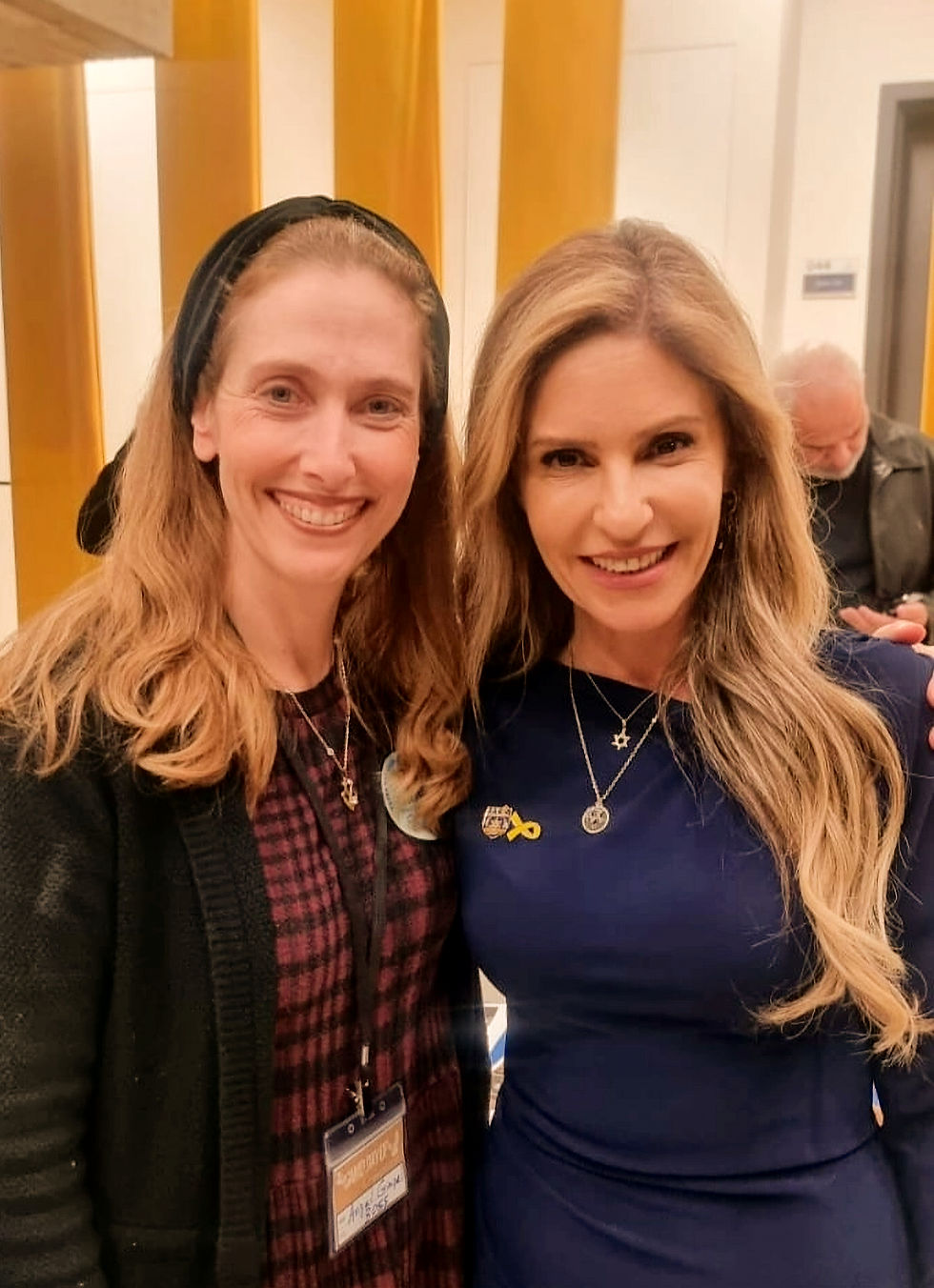Noach: The Road to Healing
- Avigail Gimpel
- Oct 23
- 4 min read
Dedication:
I would like to dedicate this shiur to the memory of our #holySoldiers:Efraim ben Liat v’Shmuel, Yosef Malachi ben Dina v’David, Eliyahu Moshe Shlomo ben Sarah v’Shimon, Yosef Chaim ben Rachel v’Eliyahu, Netanel ben Revital v’Elad, Yakir ben Chaya v’Yehoshua.השם יקום דמם, along with all the righteous soldiers who have fallen in this war, protecting #AmYisrael.
May their memory be a blessing, and may our learning of Torah elevate their neshamot and give strength to their families.
Introduction: A World Already Destroyed
The #flood is remembered as the great catastrophe of humanity — the rains that poured for forty days and nights.But the Torah tells us something far more chilling: the world was already destroyed before the first drop of rain fell.
“וַתִּשָּׁחֵת הָאָרֶץ לִפְנֵי הָאֱ-לֹהִים, וַתִּמָּלֵא הָאָרֶץ חָמָס.וַיַּרְא אֱ-לֹקים אֶת הָאָרֶץ, וְהִנֵּה נִשְׁחָתָה—כִּי הִשְׁחִית כָּל־בָּשָׂר אֶת דַּרְכּוֹ עַל הָאָרֶץ.” (Bereishit 6:11–12)
The destruction had already happened — not through water, but through people's actions. Through corruption, exploitation, and abuse, society hollowed itself out from within.
The Torah highlights one pivotal word: derech. All flesh had corrupted its derech. This is the key to understanding how collapse begins — and how healing can begin again.
And it is not only a story of a generation. It is also the story of a family.On the level of society, the generation of the flood collapsed into violence and corruption.On the level of family, Noach’s household itself broke down when Ham violated his father’s dignity.
#ParshatNoach is a roadmap — showing us the subtle steps that lead to abuse, and the steps that can rebuild derech and bring healing.
The Collapse of Derech

What is derech?
Rashi says the natural boundaries of creation collapsed.
The Ramban explains that derech eretz — moral conduct and human decency — was overturned.
Sforno says humanity betrayed its divine purpose.
The Midrash Rabbah teaches that once humans corrupted their path, even the fish of the sea were affected.
Malbim emphasizes that derech is not nature, which is fixed. Derech is human choice — the road of free will.
When the Torah says “all flesh corrupted its derech”, it means humanity destroyed its chosen path.The world was lost long before the waters rose.
The Subtle Steps Toward Abuse
The first step is the collapse of derech. Abuse never begins with violence. It begins with small acts of corruption — stealing, exploiting, taking what isn’t yours. When entitlement becomes normal, society is already broken.
The second step is silence. Noach was a tzaddik. He remained true to his derech when others abandoned theirs. But he built the ark for survival. He did not speak out, did not confront, did not try to transform his world. The Midrash says he feared his generation. He withdrew.
The Torah describes him:“אֶת־הָאֱ-לֹהִים הִתְהַלֵּךְ נֹחַ” — “Noach walked with God” (Bereishit 6:9).
But Avraham is commanded:“הִתְהַלֵּךְ לְפָנַי וֶהְיֵה תָמִים” — “Walk before Me and be wholehearted” (Bereishit 17:1).
Noach walked with Hashem, but not before his generation. Avraham stood before Hashem, challenging corruption. This silence — withdrawal instead of confrontation — was the second step.
The third step is exploitation. After the flood, when humanity could begin anew, abuse reappeared in Noach’s family.
“וַיַּרְא חָם... אֵת עֶרְוַת אָבִיו, וַיַּגֵּד לִשְׁנֵי אֶחָיו בַּחוּץ.” (Bereishit 9:22)
Ham chose exploitation instead of protection. Instead of honoring his father, he mocked and exposed him.
For this he was punished:“אָרוּר כְּנַעַן” — “Cursed is Canaan” (Bereishit 9:25).One who strips another of dignity becomes stripped of dignity himself.
The fourth step is that the cycle becomes generational. Noach’s silence in one generation echoes in Ham’s violation in the next. When abuse is not confronted, it repeats — moving from society to family, from one generation to another.
The Roadmap to Healing
The Torah does not leave us with collapse. It also gives us the steps back.
1. Safety — The Teivah was a model of protection. Healing begins when people are safe.
2. Boundaries — Sheva Mitzvot Bnei Noach: After the flood, Hashem gave humanity laws to protect life and curb cruelty. Healing requires clear lines.
3. Dignity — Shem and Yefet: They walked backward and covered their father. Where Ham mocked, they honored. Healing restores dignity where it was stripped away.
4. Derech Hashem — Avraham: Hashem says of Avraham:“כִּי יְדַעְתִּיו... וְשָׁמְרוּ דֶּרֶךְ ה׳ לַעֲשׂוֹת צְדָקָה וּמִשְׁפָּט” (Bereishit 18:19).Avraham did not only walk with Hashem, he walked before Him, teaching derech Hashem — justice and compassion — to his children and his community.
Conclusion: Returning to the Road
Parshat Noach is both a global and a personal story. A society without derech collapsed into violence. A family without derech collapsed into exploitation.
But the Torah shows us how to rebuild: through 1) safety, 2) boundaries, 3) dignity, and 4) derech Hashem.
Collapse doesn’t begin with catastrophes. It begins with small abuses tolerated, small silences accepted, small acts of dignity withheld.
If we want to heal — in our families, our communities, and our world — we must pay attention to those first small steps. We must stop abuse at its root, restore dignity where it has been taken away, and rebuild derech with justice and compassion.
That is how healing begins.
The Torah leaves us with a choice. Will we remain silent like Noach, who walked with Hashem but not before his generation? Will we exploit like Ham? Or will we walk like Avraham — before Hashem, choosing derech Hashem, and building families and societies of holiness, justice, and compassion?
May our choice to walk in derech Hashem be a merit for the neshamot of the soldiers we dedicated this shiur to.יהי זכרם ברוך.
.webp)


Comments